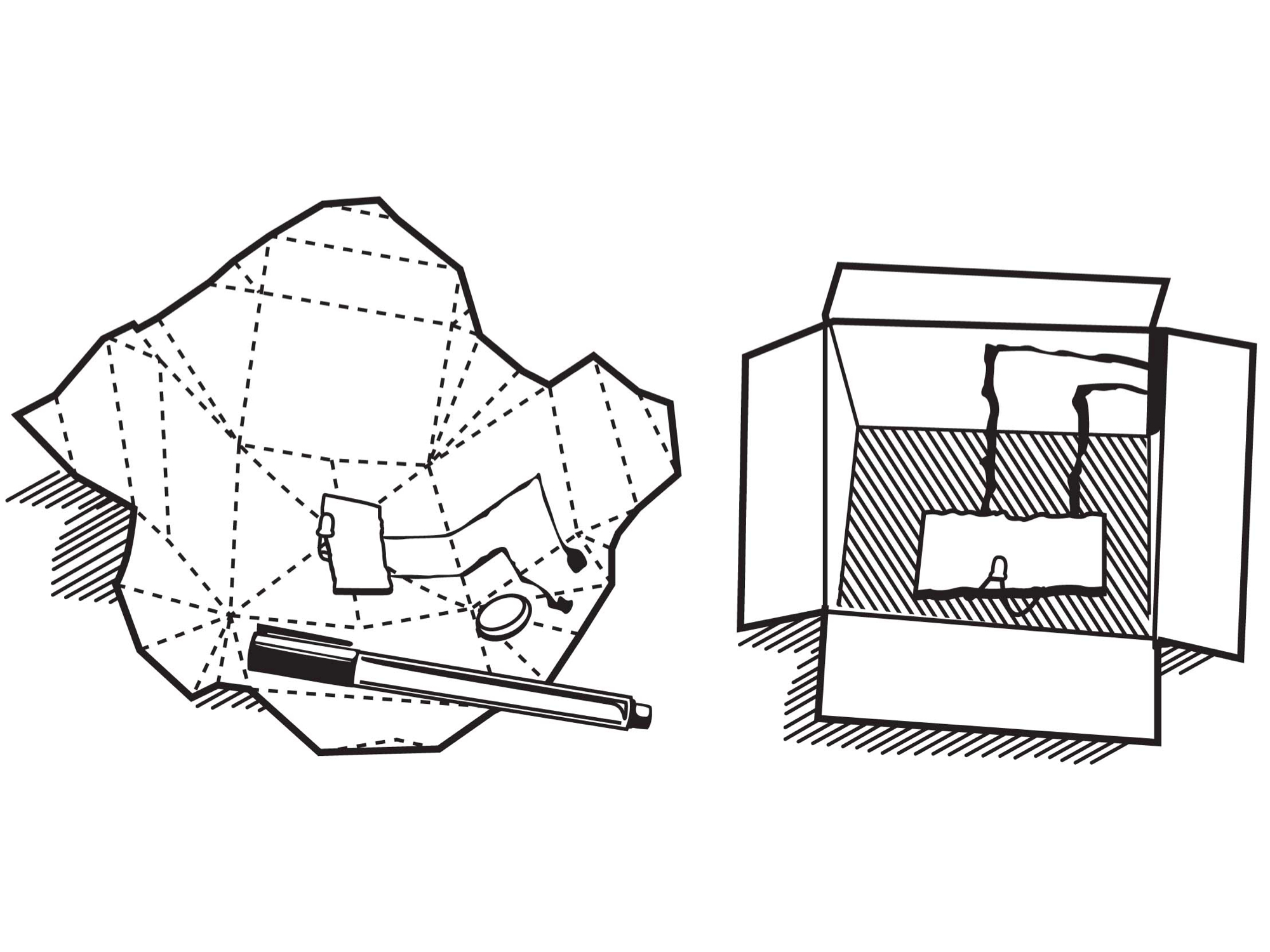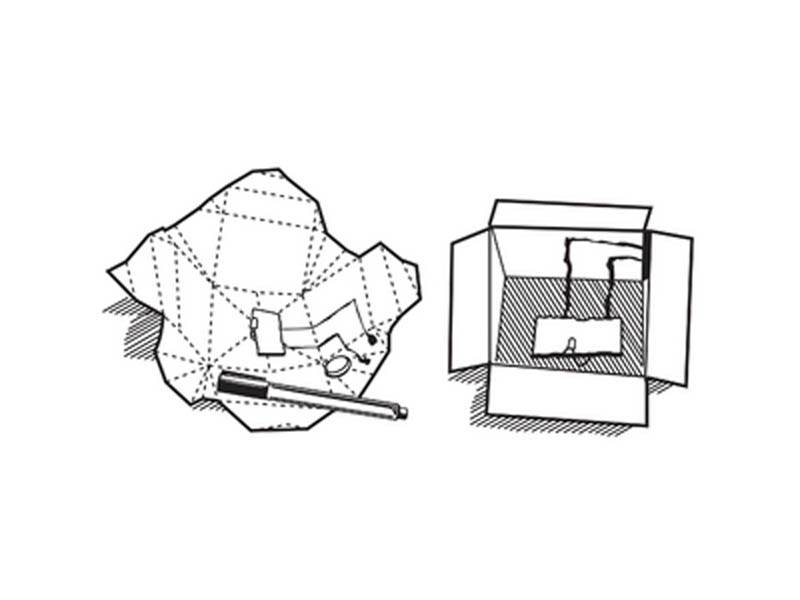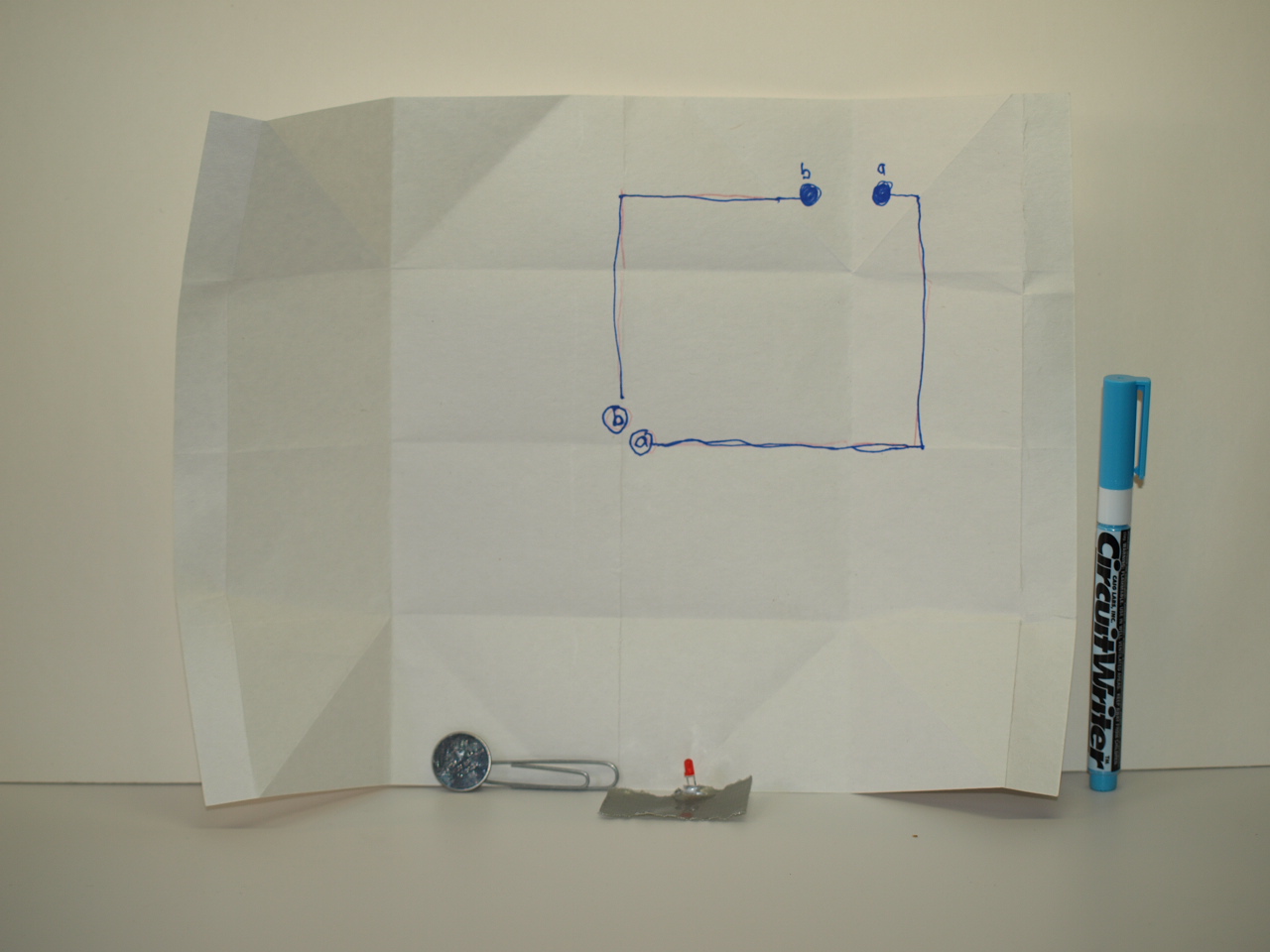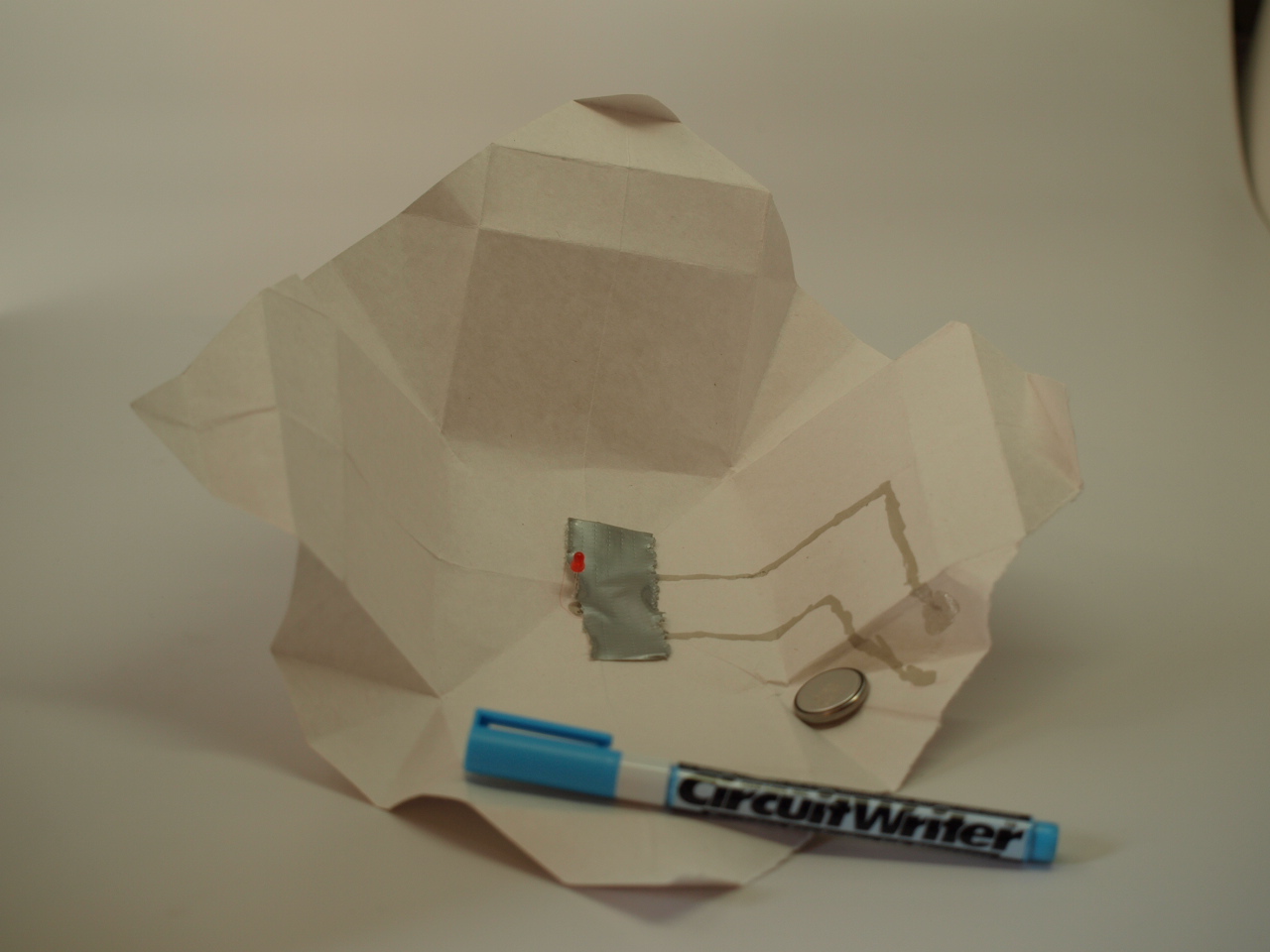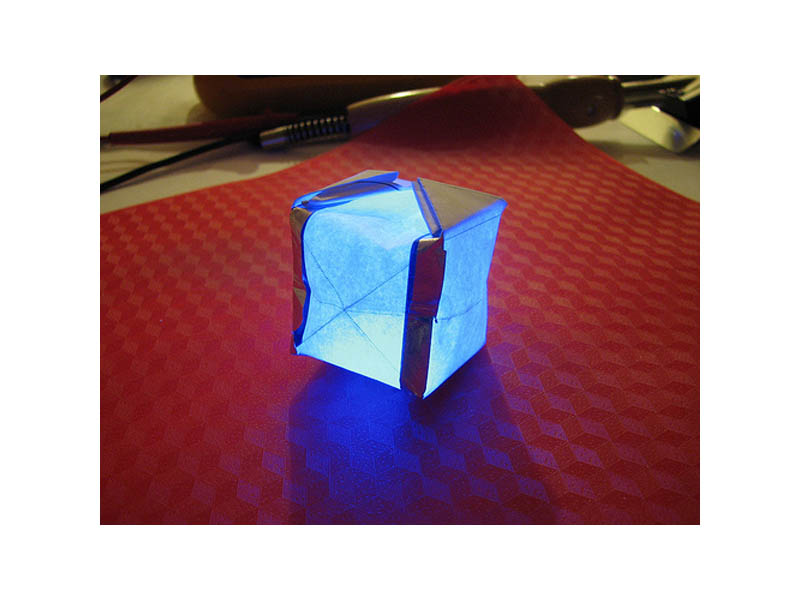Origami is an artistic tradition dating back at least 1,300 years (and probably more), and while it’s steeped in the naturalistic aesthetic tradition of Japanese culture, it has held an appeal for geeks as well. Perhaps it’s because of the link to Japanese culture. After all, geeks have a passion for manga and mecha and all things ninja. Maybe geeks appreciate the balance of the technical and the artistic. Case in point: I was the “president” of the Origami Club in my high school, and all the members were my buddies from playing D&D and AP Physics.
Origami can be something really fun to share with your kids, especially when they are younger. It’s about the least expensive art/craft you can try, and the creativity and imagination it involves – turning blank, 2-dimensional paper into fun, 3-dimensional forms – is potentially quite nurturing. And if your kids balk at the idea that folding paper into animals can be cool, just tell them to think of it as though they are making their own action figures, and promise you’ll act out Pokemon battles with them when they’re done.
But how can we make origami even geekier?
I was browsing the aisles at my local electronics warehouse one day, looking at parts and pieces, and I noticed a very interesting item called a CircuitWriter pen. If you remember those glitter pens that everyone loved to use in junior high school, this is the same idea. But the material is actually silver, in a suspension of acetone, resin, and a few other chemicals with big names. The idea is that you can use it to draw basic electrical circuits or fix broken traces without having to etch or solder; the pen’s ink works just like the thin conductive material on a circuit board, and will conduct electricity.
And that got me to thinking: what else could you draw on to make a circuit? What about paper? Could you draw a circuit on paper, and say, run an LED from a battery? And, if you could do that, what could you then do with the paper? All of which led me to this project.



